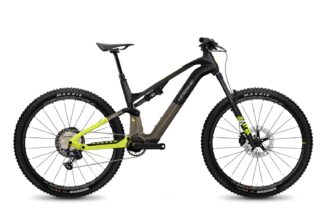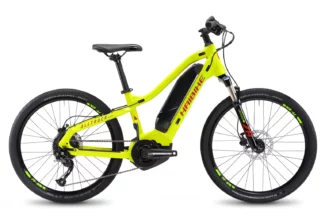Overview of Haibike E-Bikes
Founded in 1995 in Germany, Haibike has grown to be a European e-bike giant. The company started as a part of parent-brand Winora, but eventually donned the Haibike monniker. Over the years, the brand has scored several firsts in the e-bike world:
- It invented the first fully off-road capable eMTB in 2010
- It developed the skid plate beneath e-bike motors
- It developed gravity casting for mid-drive motor enclosures
- In 2014, it launched the first full-suspension e-bike with electronic suspension control
- It developed the off-road e-trekking bike concept
In short, there are innovations across the e-bike you may take for granted that all have Haibike’s name on it. Why don’t you see many in the U.S.? Because it hasn’t cracked the market yet.
Haibike specializes in sporty e-bikes for every adventure, including e-MTBs, cross e-bikes, S-pedelecs, and trekking e-bikes. It also has a kids’ e-bike you can use to introduce your little ones to the trail.
Our Review of Haibike E-Bikes
Many of the major international brands like Giant, Cannondale, and Specialized play it safe with their designs. Haibike’s innovations, however, have largely developed every eMTB on the road today. That’s what you call groundbreaking! Its efforts have helped it earn multiple Focus E-Bike Design & Innovation Awards.
Unfortunately, there are only a few U.S. retail outlets that sell Haibike e-bikes, and these models conform to EU e-bike specifications. This includes only being Class 1 with a top speed of 15 mph. The lack of Haibike dealers in the U.S. also means warranty repairs may be difficult.


